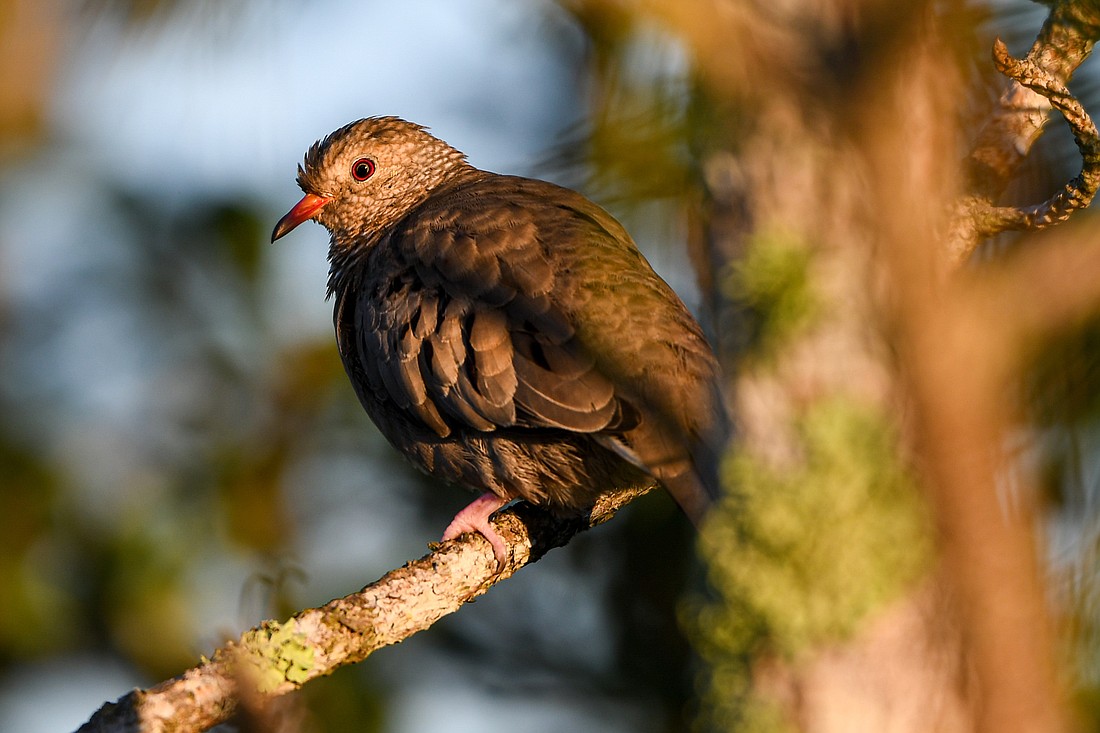- April 25, 2024
-
-
Loading

Loading

The smallest doves in North America, common ground doves, are permanent residents of Florida’s open sandy habitats. As suggested by their name, you'll often find these common birds on the ground, in semi-open habitats with low brush and grass, such as prairies, fields and coastal dunes. These ground gleaners forage for seeds, grains, and some insects. And when startled, they flush loudly, making a fluttering rattle suggestive of creatures at least 10 times their size.
Common ground doves mate for life. You'll usually spot them in pairs, or even larger groups. In addition to reflecting strong familial and social bonds, staying in groups is a defense mechanism, as their small size makes them easy prey to many avian, as well as terrestrial predators.
As ground doves nest on the ground, in shrubs or low trees, their nests and nestling are also extremely vulnerable to predation. Hatchlings are altricial at birth; they're completely dependent on their parents for protection and food. And, as they can't digest seeds, both parents produce crop milk, a semi-solid excretion high in fat and protein, to care for their young. Unlike in mammals, crop milk is not generated by mammary glands; it is produced in the crop. This sac-like muscular pouch is an extension of a bird’s esophagus, which is used to store excess food prior to digestion.
In recent decades, a serious decline in the U.S. population of ground doves has been noted. As these ground-dwellers are especially vulnerable to attacks by domestic cats, now considered the second most serious threat to bird populations worldwide (after loss of habitat), we can help these sweet birds by keeping pet cats indoors.